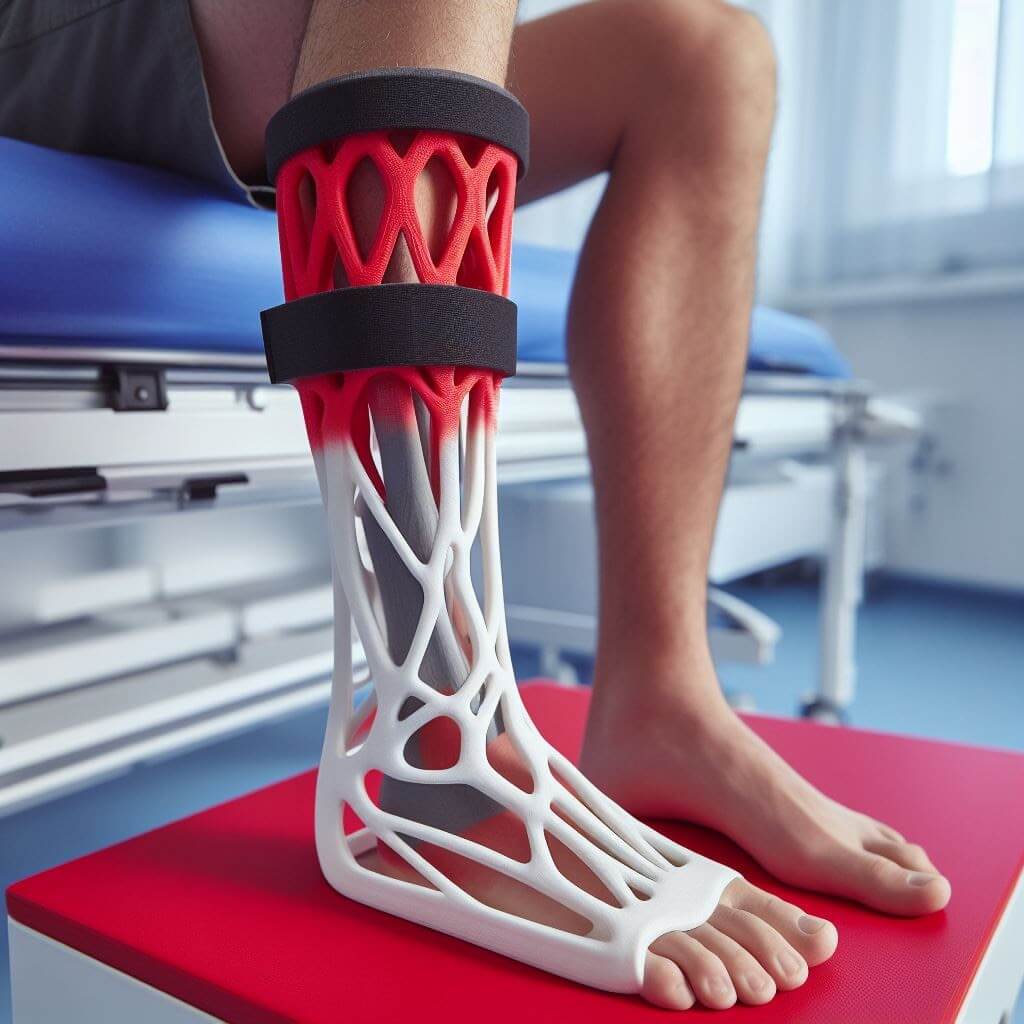Revolutionizing Healthcare: The Impact of 3D Printing in the Medical Industry
The fusion of technology and medicine has given birth to revolutionary advancements, especially in the realm of healthcare. One of the most remarkable of these innovations is 3D printing in the medical industry, a technology that is poised to transform patient care. This blog post delves into the fascinating world of medical 3D printing, exploring its incredible applications, including the production of 3D-printed medical devices, customized medical parts, and patient-specific anatomical models.
Advancements in Medical 3D Printing: A Game-Changer for Healthcare
Advances in 3D printing, also known as additive manufacturing, have captured the attention of the healthcare field due to their potential to revolutionize the treatment of various medical conditions. Medical professionals are now harnessing this technology to create exact replicas of patients' anatomy for surgical planning. For instance, a radiologist can replicate a patient's spine, enabling precise surgical strategies, while a dentist can scan a broken tooth to create a perfectly fitting crown. In both cases, 3D printing allows for the creation of products that match a patient's unique anatomy.
Custom Medical Devices: Tailored Solutions for Enhanced Care
The true magic of 3D printing in the medical industry lies in its capacity to create custom medical devices. Patients no longer need to settle for generic solutions, as 3D printing enables the production of personalized medical devices like orthopedic implants and dental restorations, meticulously designed to fit each individual's unique anatomy.
3D Printing Medical Devices: Precision and Innovation
The development of 3D printing has ushered in remarkable innovations in medical device manufacturing. This technology has enabled the production of intricate surgical instruments, patient-specific implants such as hips and knees, and devices with intricate geometries that facilitate tissue growth and integration.
Rapid Prototyping for Medical Advancements
3D printing plays a pivotal role in medical research and development, offering rapid prototyping capabilities. Researchers and medical professionals can swiftly iterate and test new ideas, significantly reducing the time it takes for novel medical technologies to reach patients.
A Closer Look at Medical Parts Manufacturing
The manufacturing of medical devices involves numerous intricate components, and 3D printing simplifies this process by enabling the creation of complex, high-precision parts that might be challenging to produce using traditional methods. The flexibility of 3D printing allows for the creation of whole products or device components in a single piece, eliminating the need for multiple parts to be fabricated separately and assembled.
3D Printing at the Point of Care: A Paradigm Shift
A significant transformation is unfolding in the medical landscape, known as point-of-care manufacturing. This approach involves the on-demand creation of 3D-printed medical products based on a patient's imaging data. Examples include patient-matched anatomical models, prosthetics, and surgical guides that aid surgeons in precise incisions during operations. The number of U.S. hospitals with centralized 3D printing facilities has grown rapidly, marking a significant shift in healthcare delivery.
Beyond Medical Devices: The Expansive Potential of 3D Printing
3D printing's potential extends beyond medical devices. Research is underway to utilize this technology for pharmaceutical manufacturing, creating unique dosage forms and formulations. It has the potential to revolutionize drug delivery, enabling tailored treatments that combine multiple medications into a single pill. Additionally, bioprinting is on the horizon, with researchers exploring the creation of cellular and tissue constructs, including skin grafts and even organs, although these applications are still in experimental phases.
Conclusion
3D printing in the medical industry is ushering in a new era of patient care and medical innovation. This technology has the power to transform patient outcomes, enhance the quality of healthcare, and lead us into a future where personalized treatments and medical advancements are the norm. As 3D printing continues to evolve, the possibilities in the field of healthcare are boundless, promising a brighter and healthier future for us all.

.png?width=850&height=450&name=Frame-1247-(1).png)